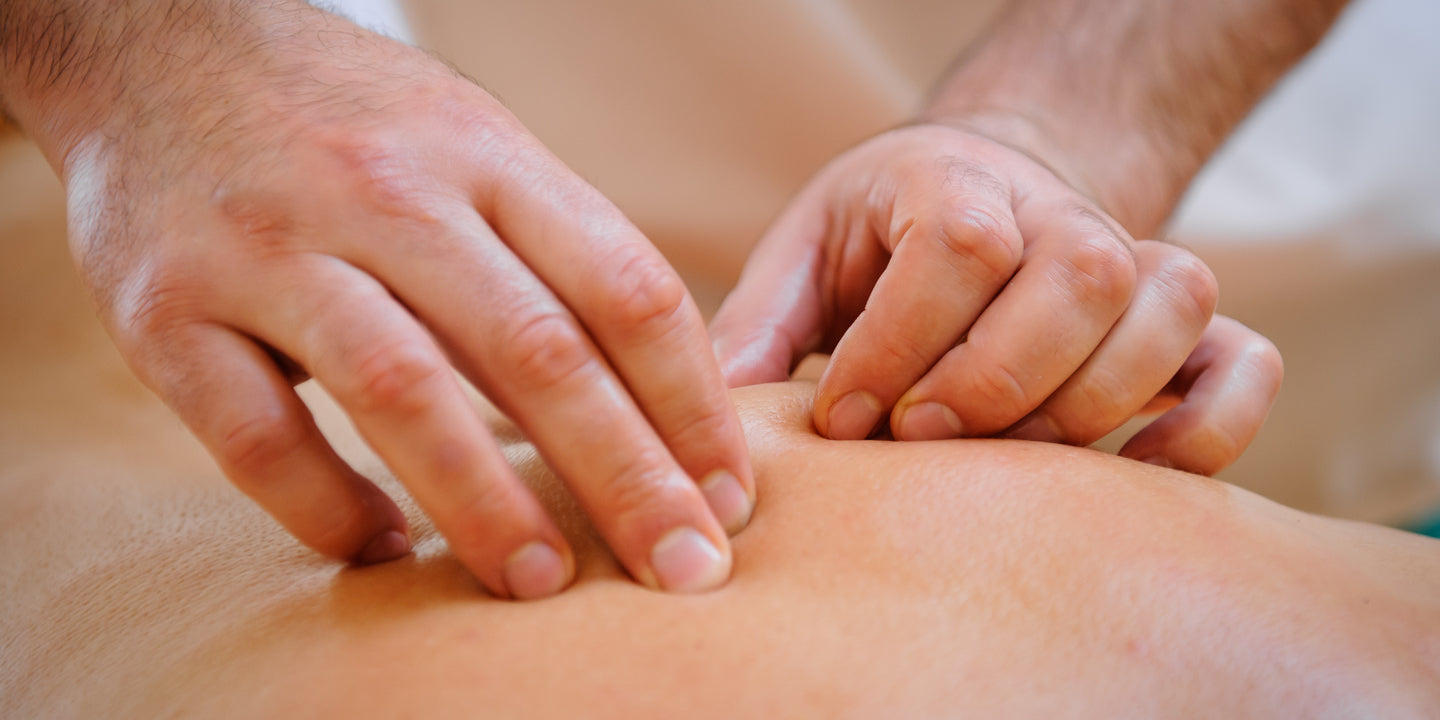Pelvic venous congestion syndrome is also known as ovarian vein reflux. It is a cause of chronic pelvic pain in approximately 13-40% of women.
It concerns dilatation of the ovarian and/or pelvic veins(rather like varicose veins but in the pelvis). This condition results in the pain of PVCS and may also cause visible varicose veins around the vulva, vagina, inner thigh, sometimes the buttock and down the leg (s).
The blood normally flows from the ovaries through the ovarian veins. The right ovarian vein joins the inferior vena cava and the left ovarian vein joins the left renal vein.
When the valves in the veins stop working or there is obstruction to the flow of the blood in the veins, the blood then flows backwards. This causes the varicose veins in the pelvis around the ovaries, vulva/vagina and down the inner thigh and legs, causing PVCS.
The cause of the dilated ovarian/pelvic veins in PVCS is not well understood.
PVCS most commonly occurs in young women, and usually in women who have had at least 2-3 children. During pregnancy the ovarian vein can be compressed by the enlarging womb or enlarged because of the increased blood flow. This is thought to affect the valves in the vein causing them to stop working and allowing the blood to flow backwards, contributing to PVCS. This is of course a structural cause.
Sometimes these veins don’t contain valves (hereditary).
Symptoms:
• Pelvic pain or aching around the pelvis and lower abdomen.
• Feeling of heaviness in the legs.
• Worsening of stress incontinence.
• Worsening in the symptoms associated with irritable bowel syndrome or other abdominal congestions.
The pain is usually on one side but can affect both sides. However, not every woman with pelvic vein reflux will get symptoms.
Diagnosis:
Through visible congested veins around vulva and inner thy.
On the inner thigh there is a muscle tendon (long adductor) along which the dilated veins are felt and seen. If the veins lie behind this tendon and or run behind the leg it is most likely they are dilated caused by reflux from the ovarian and/or pelvic veins.
Ultrasound examination may be useful.
Pelvic venography is still used to diagnose PVCS.
Classical treatment:
As a first line, or if you feel that you do not want to under go a procedure, there are a few medical drug treatments, which has been shown to be effective in approximately 75% of women in reducing pain and the size of the varicose veins.
The usual treatment is percutaneous transcatheter pelvic vein embolisation.
Other treatment options are open or laparoscopic surgery to tie the culprit veins.
Osteopaths know this condition very well. They can resolve the functional aspects of this affection by mobilizing eventual entrapment places of the venous return towards the heart.
These trigger-places are:
• The area and force of the right atrium.
• The diaphragm (where the inferior caval vein passes).
• The liver because liver congestion can compress the internal cavan vein.
• The left kidney-area (fascial) and eventual ptosis position of the kidney.
• The crossing of the right ovarian vein with psoas and right ureter and blood vessels.
• The area of the ovaries (eventual adhesions).
• Reduce fat tissue in the pelvis (diet, sports).
Cavé
In the case of generalized venous congestion: be aware of heart failure.
Volume overload and venous congestion are typically viewed as a consequence of advanced and of acute heart failure and renal failure although it is possible that hypervolemia itself might be a critical intermediate in the pathophysiology of these diseases.
Venous congestion causes release of inflammatory mediators and neurohormones. So pelvic inflammation can be caused by venous congestion.
We see in the above that osteopathy is very much connected to classical medicine; the difference is that osteopathy tries to improve conditions for health where classical medicine cures disease.


